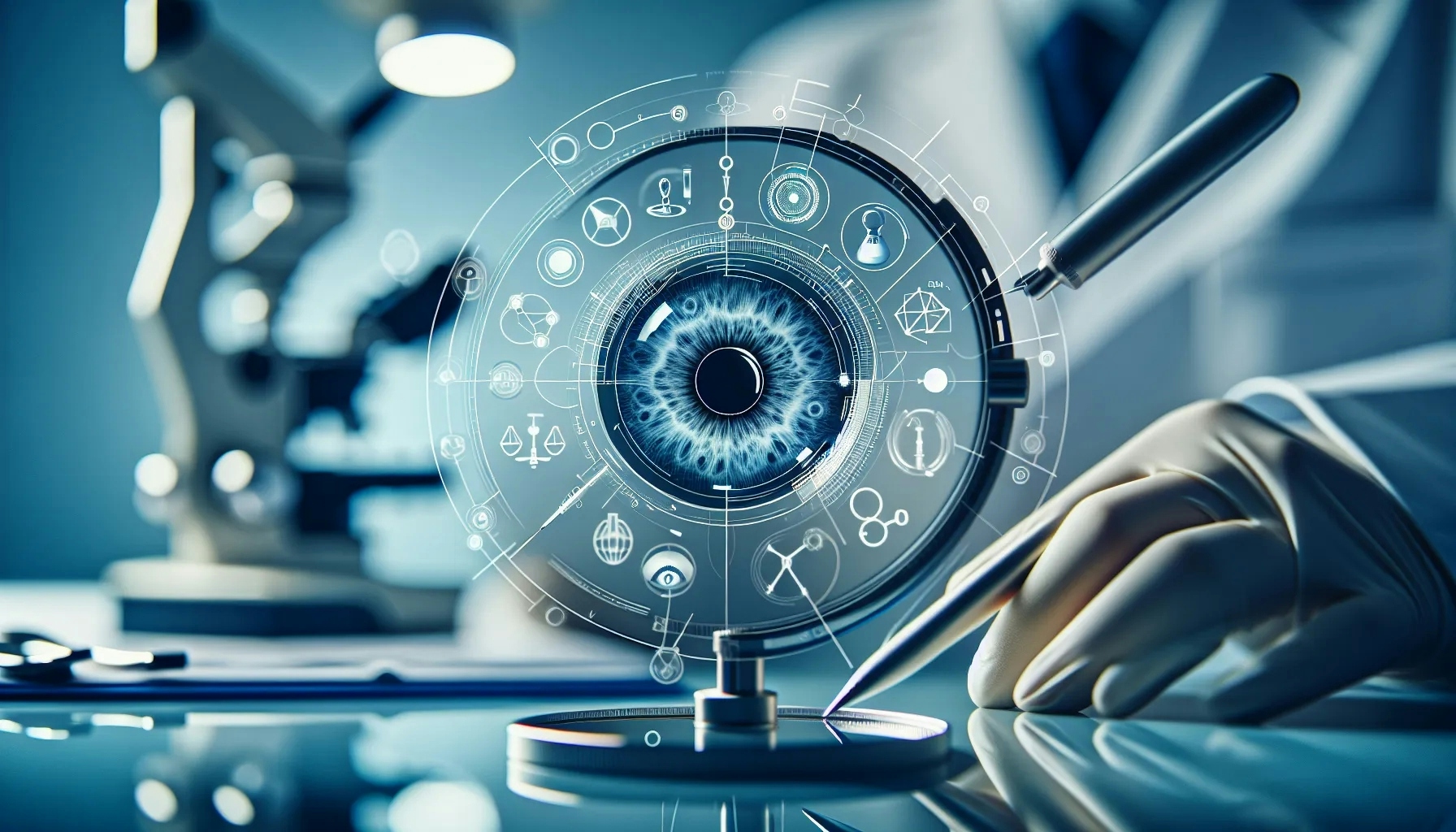Latest Trends in Optometric Technology
Optometry Magazine

Welcome to the future of eye care! This blog post will delve into the latest trends in optometric technology, exploring how these advancements are revolutionizing the field. From cutting-edge diagnostic tools to innovative treatment methods, we'll take a closer look at how technology is shaping the future of optometry. Stay with us as we navigate through this exciting terrain, shedding light on the most significant breakthroughs in the industry.
The Rise of Teleoptometry
Teleoptometry, the practice of providing eye care services remotely, has seen a significant surge in popularity. This trend is largely due to the COVID-19 pandemic, which has necessitated social distancing measures. Teleoptometry allows patients to receive eye care from the comfort of their homes, eliminating the need for in-person visits.
Moreover, teleoptometry is not just a temporary solution to the pandemic. It's a long-term trend that is likely to continue even after the pandemic ends. This technology is particularly beneficial for patients in rural areas, who may not have easy access to an optometrist's office. With teleoptometry, they can receive the eye care they need without having to travel long distances.
Advanced Diagnostic Tools
The field of optometry is also witnessing the introduction of advanced diagnostic tools. These tools are making it easier for optometrists to detect eye diseases at an early stage, thereby improving the chances of successful treatment.
One such tool is the optical coherence tomography (OCT) scanner, which uses light waves to take cross-section pictures of the retina. This allows optometrists to see each of the retina's distinctive layers, helping them to map and measure their thickness. These measurements can help with diagnosis and provide treatment guidance for glaucoma and diseases of the retina.
Artificial Intelligence in Optometry
Artificial intelligence (AI) is another trend that is making waves in the optometry field. AI algorithms can analyze eye images to detect signs of diseases such as diabetic retinopathy and age-related macular degeneration. These algorithms can provide results in a matter of seconds, enabling rapid diagnosis and treatment.
AI is also being used to predict the progression of eye diseases. By analyzing past eye scans, AI can predict how a disease will progress in the future. This can help optometrists develop a more effective treatment plan for their patients.
Virtual Reality for Vision Therapy
Virtual reality (VR) is not just for gaming anymore. It's also being used in the field of optometry for vision therapy. VR headsets can provide a controlled visual environment, making it easier for optometrists to assess and treat vision problems.
For example, VR can be used to treat amblyopia, also known as lazy eye. Patients with amblyopia can wear a VR headset that displays images in a way that encourages the weaker eye to work harder. This can help to improve vision in the weaker eye.
3D Printing in Optometry
3D printing is another technology that is making its way into the optometry field. This technology can be used to create custom eyewear, including frames and lenses. This allows for a higher level of customization than traditional manufacturing methods.
In addition, 3D printing can be used to create models of the eye for educational purposes. These models can help optometry students understand the structure of the eye and how different diseases can affect it.
Electronic Health Records
Electronic health records (EHRs) are becoming increasingly common in optometry practices. EHRs can store a patient's medical history, test results, and treatment plans in a digital format. This makes it easier for optometrists to access and share this information, improving the coordination of care.
EHRs can also help to improve patient engagement. Patients can access their own EHRs to view their test results and treatment plans. This can help them to better understand their eye health and take a more active role in their care.
The Future of Optometry
As we've seen, the future of optometry is bright, with numerous technological advancements on the horizon. From teleoptometry to AI, these trends are set to revolutionize the way we diagnose and treat eye diseases. As technology continues to evolve, we can expect to see even more exciting developments in the field of optometry. Stay tuned for more updates on the latest trends in optometric technology!